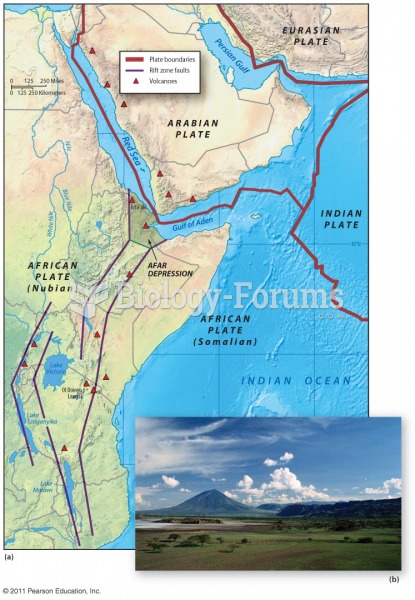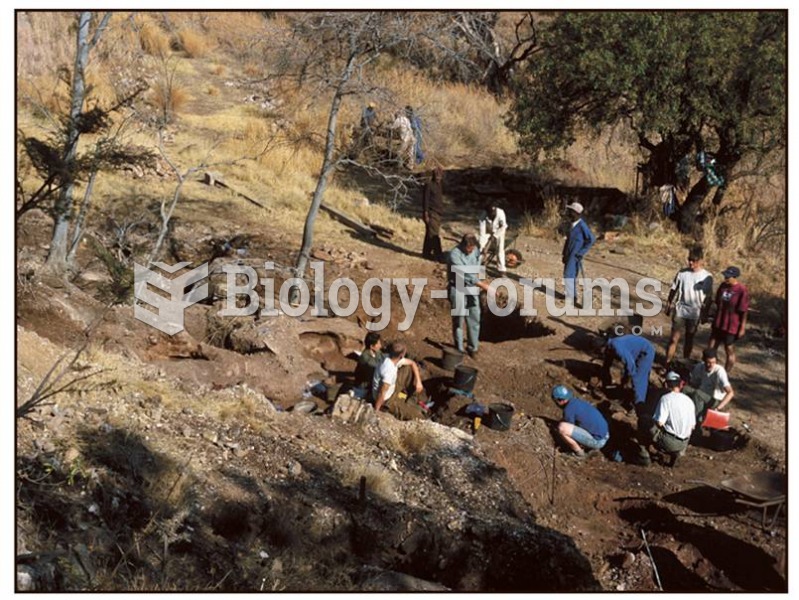|
|
|
Historic treatments for rheumatoid arthritis have included gold salts, acupuncture, a diet consisting of apples or rhubarb, nutmeg, nettles, bee venom, bracelets made of copper, prayer, rest, tooth extractions, fasting, honey, vitamins, insulin, snow collected on Christmas, magnets, and electric convulsion therapy.
The calories found in one piece of cherry cheesecake could light a 60-watt light bulb for 1.5 hours.
In the United States, an estimated 50 million unnecessary antibiotics are prescribed for viral respiratory infections.
The immune system needs 9.5 hours of sleep in total darkness to recharge completely.
Many supplement containers do not even contain what their labels say. There are many documented reports of products containing much less, or more, that what is listed on their labels. They may also contain undisclosed prescription drugs and even contaminants.







